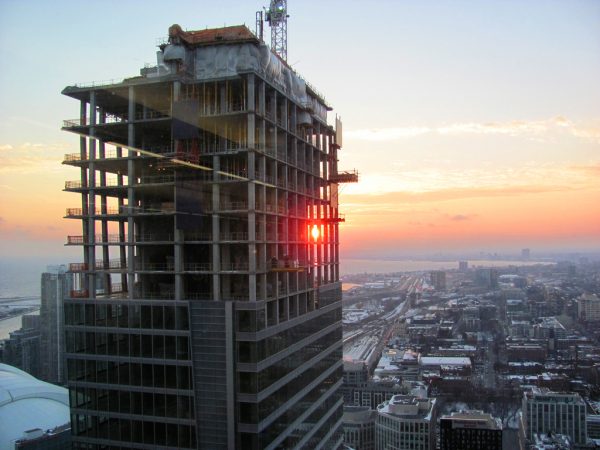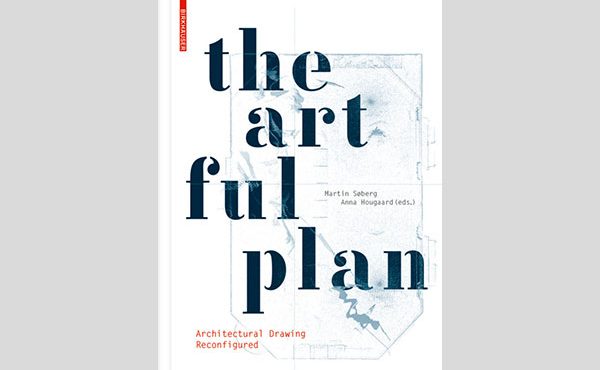In a year when the high cost of housing dominates the headlines, this year’s federal budget is promoting a bright shiny object: the allocation of $11 billion for housing.
Well before budget day, we were told to expect that $11 billion. On budget day, there it was, in all its glory.
But when you look closer, the money is not actually there. It’s not real. The $11 billion for housing is an alternative fact, distracting us from a gaping hole in the budget figures.
The bright shiny object has, unfortunately, led many NGOs and charities to praise the Liberal government. The praise is likely the product of hope mixed with fear. The promise comes from a political party with a well-earned reputation for not keeping its promises.
The fear is that the Liberal Party’s housing policy has not changed since the 1990s.
After promising a host of progressive housing initiatives during the 1993 election that returned them to power, the triumphant Liberals then declared that housing was no longer a federal responsibility, that no more social housing would be funded, and that existing federally owned public housing would be downloaded to the provinces.
Then-Finance Minister Paul Martin, in his Budget Plan of March 6, 1996, stated: “CMHC will phase out its remaining role in social housing, except for housing on Indian reserves. The first step has already been taken – there has been no funding for new social housing units since 1993. To further clarify jurisdiction in the social housing field, the federal government is now prepared to offer provincial and territorial governments the opportunity to take over the management of existing social housing resources.”
Twenty-one years later, the most troubling proviso in this budget is that the $11 billion will be spent over eleven years. Eleven years? Not three? Not five?
Out of a budget of more than $300 billion annually, is $1 billion a year the best that one of the wealthiest countries on Earth can do? Is our housing system so well developed, are Canadians so well housed, are there so few un-housed people, that the remaining social need for housing assistance now requires only a tiny fraction of our federal monies?
Worse, the amount pledged is not an average of $1 billion per year. It is not huge spending now, tailing off over the remaining years. Instead, there will be almost no new money for housing until after the next election.
That shiny $11 billion object cannot obscure what’s on Page 151 in the Budget, a page with few words and many numbers. Look closely at those columns full of zeros or very small numbers.
All those zeros sit next to the impressive list of housing initiatives included this year with a paltry $20 million allocation next year and the following year, with only $305 million.
Let’s face it: there is no new money for housing this year, and almost nothing for next year. Furthermore, only $3.1 billion of that bright shiny $11 billion is accounted for during the initial five years. The “$11 billion” is an alternative fact for partisan political use.
We now have it in writing that the Liberal government has no plan for any significant spending to address Canada’s housing needs until after the next election.
Yes, last year’s budget allocated $2.3 billion over two years and partly responds to some of the 2015 election promises. But that’s it, out of two budgets that allocate more than $600 billion dollars in total.
We should judge politicians and parties by what they do, not by what they say. The current budget offers no real change from the 1990s philosophy about the limited role of the federal government in Canada’s housing system – aside from the mortgage system.
But let’s look at a budget that actually described expenditure decisions rather than producing partisan talking points. Let’s go back to a previous Trudeau government.
In 1981, interest rates were high, house construction was in a slump, unemployment soared. Given these realities, the 1981 budget introduced a new Canada Rental Supply Plan and then, in 1982, doubled the allocation to 33,000 new private-sector rental units.
The 1982 budget provided funding for a Canadian Home Ownership Stimulation Plan. It doubled the existing Canada Home Renovation Plan, and increased the annual allocation for non-profit and co-operative housing from 25,000 units to 27,500 units for that year.
Those budget announcements were real and immediate, and actually resulted in the construction of affordable ownership, private rental, and social housing, not to mention the creation of thousands of construction jobs.
The cost was about $1 billion in new spending (inflation-adjusted to 2017), on top of existing housing expenditures – e.g., amounts set aside to build 20,000 to 25,000 new social housing units annually.
Now look at last year’s budget, which included funds for a new affordable rental housing innovation program. How much “innovative” rental housing? Just 4,000 units — over five years. In other words, 800 units per year for the entire country. Really?
Really.
We used to recognize and make some progress in addressing the pressing housing needs facing Canadians. As a nation, we have the wealth and ability to do so. But our government no longer chooses to address housing shortages.
In an era of alternative facts, it is easy to confuse voters so as to maintain our housing system as it is — a highly efficient mechanism for increasing inequality – rather than providing adequate and affordable housing for all Canadians. We reformed our health care system decades ago. It’s time to reform our housing system.
Who will be the Tommy Douglas of our housing system?
photo by Marcus Bowman
David Hulchanski is Professor, Housing and Community Development, Factor-Inwentash Faculty of Social Work, University of Toronto. Follow him at @Hulchanski.




3 comments
Although I have only been in a post government housing intervention world, I do not believe the federal government should have a role at all. It is between the provincial government and the municipal governments that regulations can be changed to allow for low income housing without the government providing dollars. Allowing for 500 square foot homes on a small property for example would allow a large part of the market to afford a home. Travelling to Vancouver recently and seeing the avenues full of only one and two story buildings revealed quite evidently the problem lies in regulation. Worst case, the provincial governments could build and sell housing at cost.
Thank you for explaining so clearly, “what’s going on” so to speak. I posted it here: https://socialhealthpracticeottawa.wordpress.com/2017/04/06/article-explains-and-critiques-current-federal-housing-budget-plans/
too bad that the discussion and more to the point governence –on housing policy, is not actually a discussion.
David’s forgetting that the budget is based on a base. Last year we doubled it, and even though it’s projected to drop as Operating Agreements expire, that’s when the new money starts to kick in. The base funding projected over the next 11 years is close to $4.8b. When you add $11.2b over that same period you get $16b. Hulchanski is off by $5b
He also fails to include additional funds for housing in Aboriginal Affairs,Health, Veterans Affairs and Environment and Natural Resources. All told that’s an extra $500m.
The actual Housing programme projected by Budget 2017 is over $20b for the next decade, it’s delivered in near equal instalments which means that, yes most of it is delivered after the next election, but a substantial amount of the funding is for operating agreements and portable rent subsidies which essentially are people’s rent. Rent is paid in monthly instalments not up front one time.
Additional he ascribes some financial motive or trickery to the decade long framework, insinuating that it’s just a gambit to fool people. This ignores that the National Housing Strategy is proposed as an accord with the Provinces and Territories. Thus it’s a ten year binding agreement. To pretend that it isn’t is to do just that…pretend. It’s multi year because low income housing needs seady predictable long term funding. City’s have told us so, NGO’s agree. Non-profit sector insisted on it. We listened.
Finally Hulchanski says that $1b (inflation adjusted) is no big deal because it’s essentially what the Federal Government was spending in the 80’s. Well, in fact we are spending more (closer to $2b per year) and he forgets another key point. Because we are seeking a ten year deal with the provinces it’s important to note that since the early 90’s housing has been cost shared with the provinces. Any Federal/Provincial/Territorial agreement will require matching funds. Wen you factor this in there is even more housing being delivered. Because it’s an agreement it is also locked in. It can’t be broken unilaterally.
One additional point. The social infrastructure funds will also finance the building of complete communities. Daycare Centres, Recreational Facilities, Cultural spaces and the like. These programmes were never funded programmatically before. They are vital to building quality housing as they deliver fundamental needs in new communities and neighbourhoods being revitalised. It’s not housing money but it’s federal funding that improves housing. There is $10b in this programme.